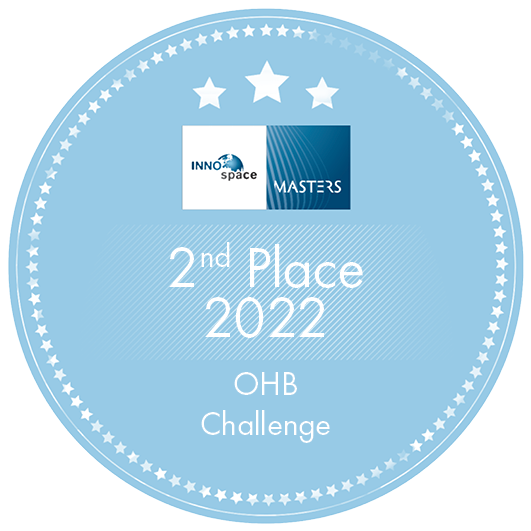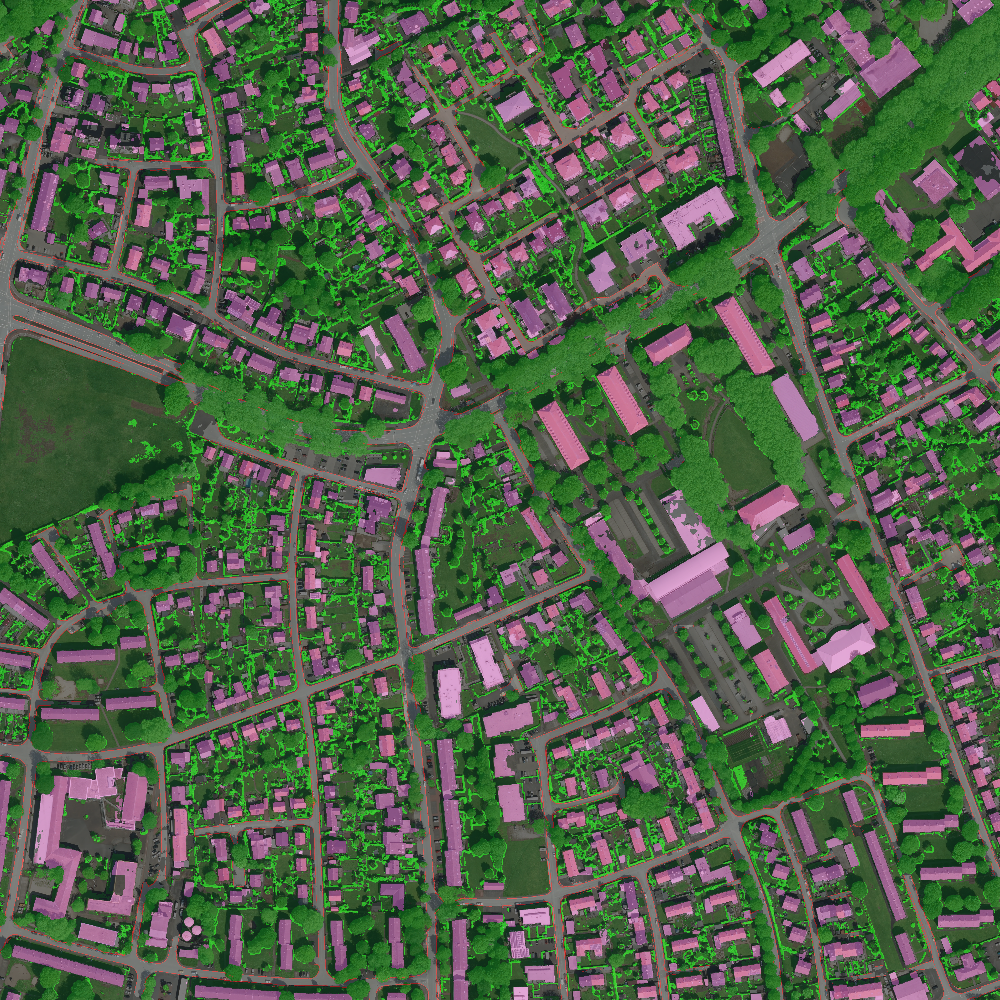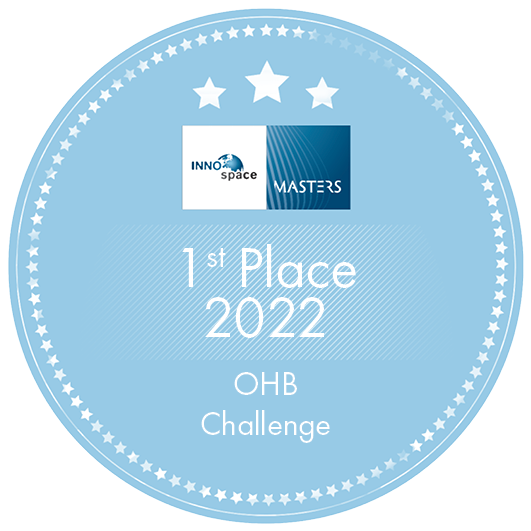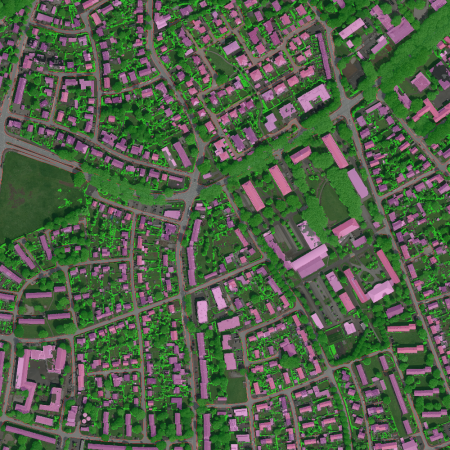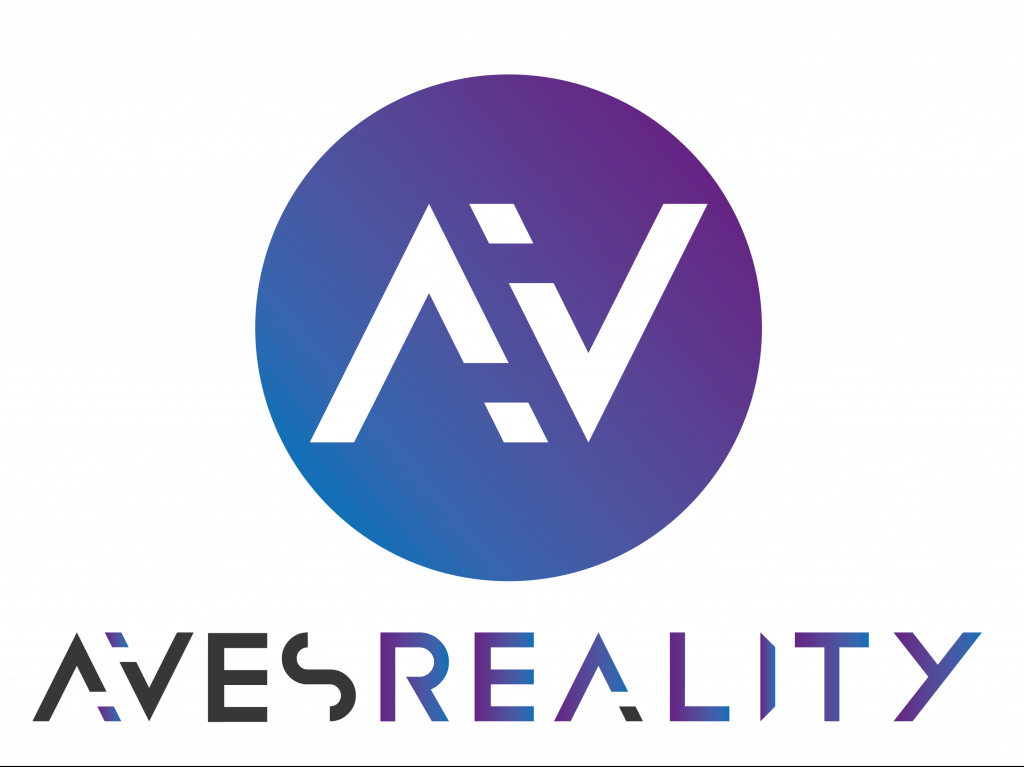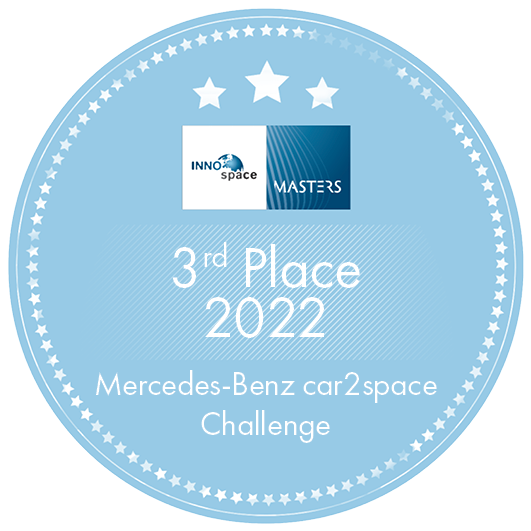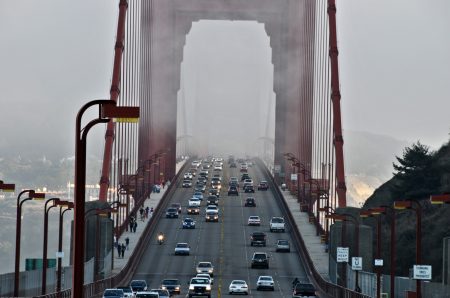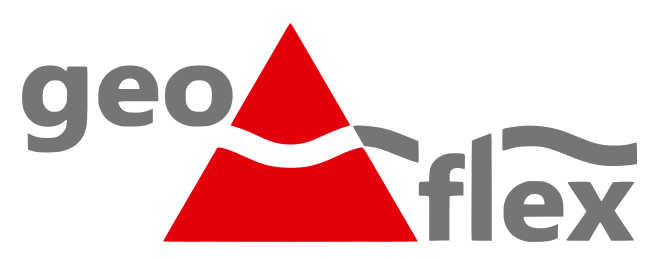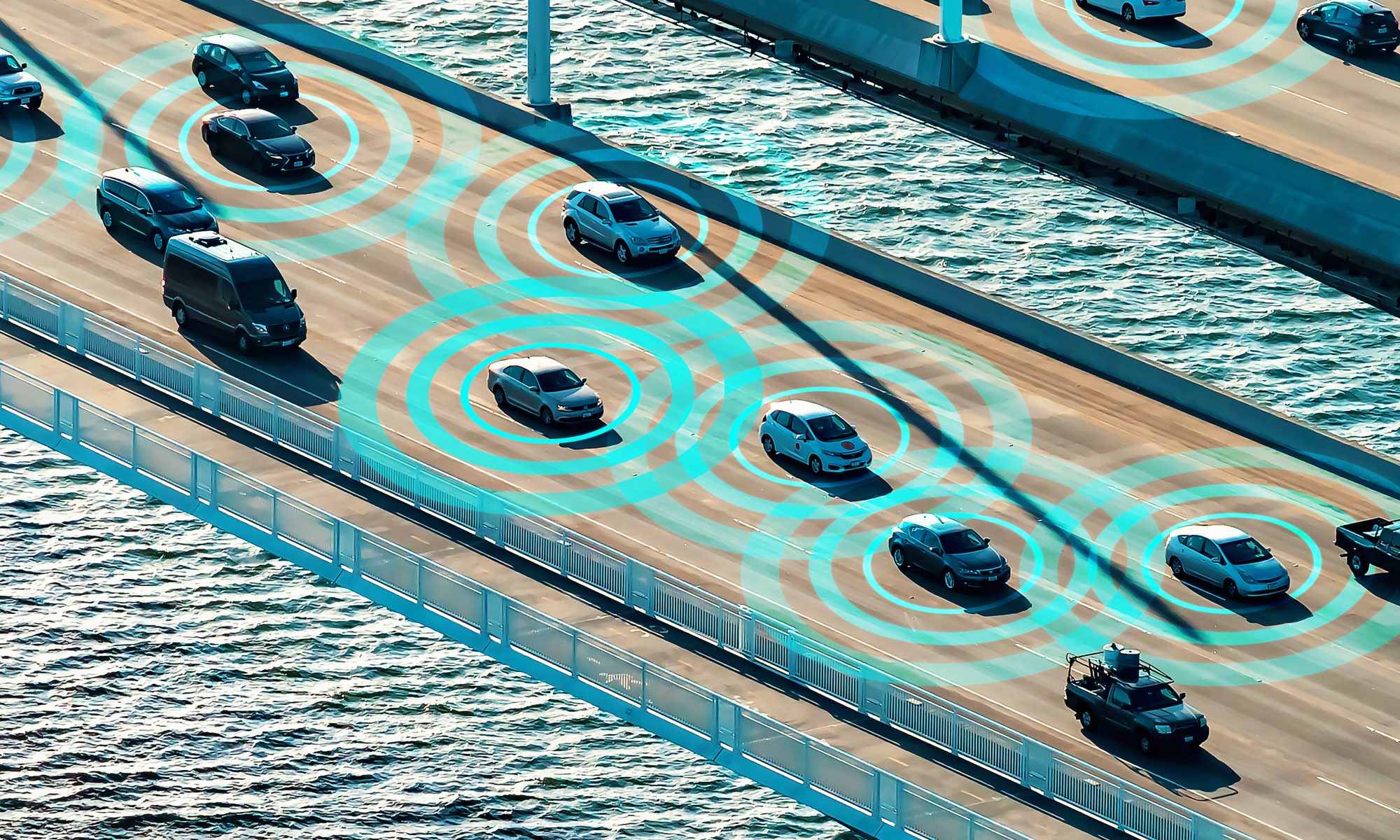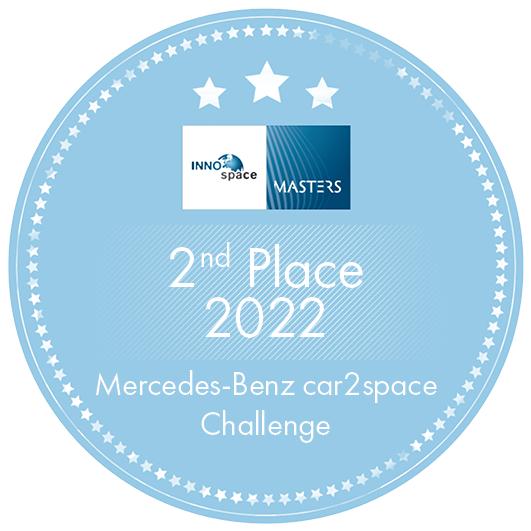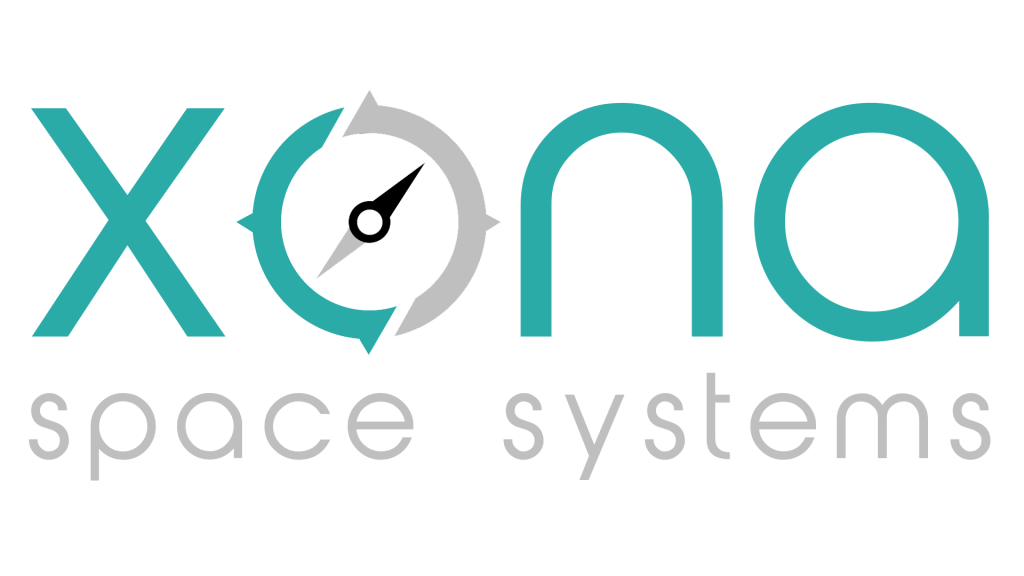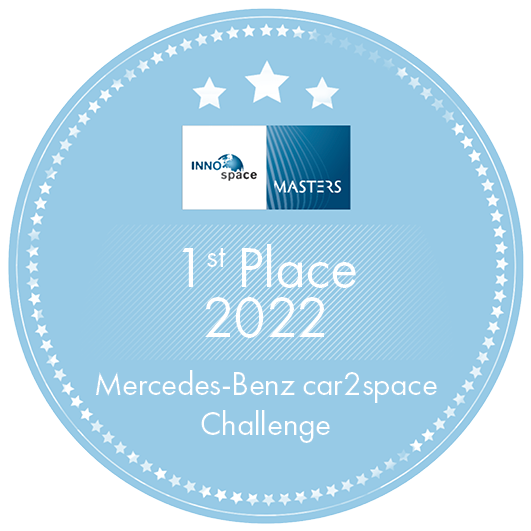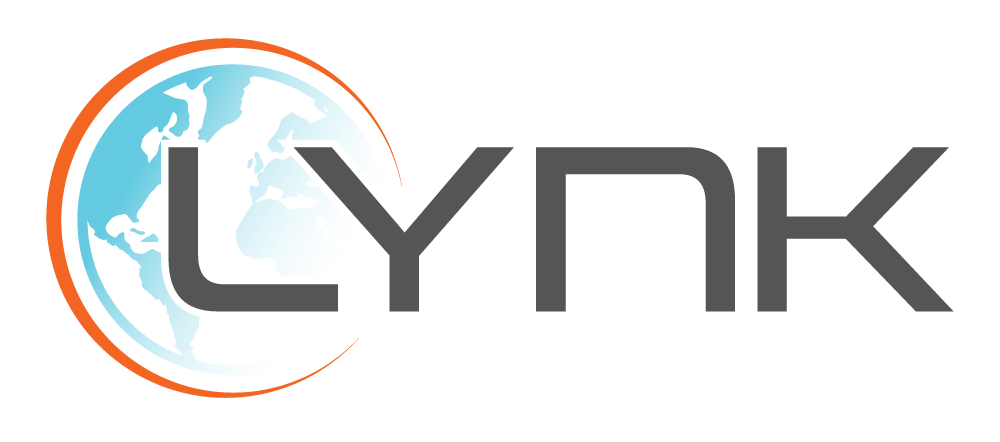Space – Mission Assurance Platform
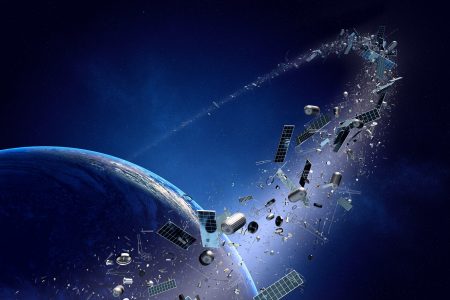
Space debris currently poses a great threat to the future of space operations, accessibility, and exploration. Due to our increased dependency on satellites, if left unaddressed, space debris can cause damage to assets in space and to life on Earth. Detecting, cataloguing, and predicting Resident Space Objects (RSO) is the first step towards solving the problem of orbital debris and having a sustainable and accessible near-Earth orbit. Current technological capabilities allow for the tracking of objects larger than 10 cm. However, the current resolution of ground-based space surveillance systems leaves 96 per cent of the approximately 1 million lethal space objects untracked, and even for the tracked 4 per cent, complex metrics (object profile and error statistics) are unavailable, rendering the tracking data operationally irrelevant. Digantara is developing a two-pronged system to address the difficulties of space operations and situational awareness through the Space Mission Assurance Platform, aka Space-MAP. Space-MAP will serve as a one-stop solution for all space operations, with products offered through a data feedback loop using multi-modal data sets. This platform will be as powerful and sophisticated as Google Maps, serving as a foundational layer for space operations and astrodynamics research. Through Space-MAP, Digantara can track objects at 10x higher resolution in daylight and in eclipse, increasing the ability to track 20x more objects.
Benefits:
- One-stop portal for all space operations
- Common operational picture through data fusion using multimodal data sets
- Capability to track RSOs at 10x higher resolution in both daylight and eclipse
- Near-real-time in-situ monitoring of space weather

